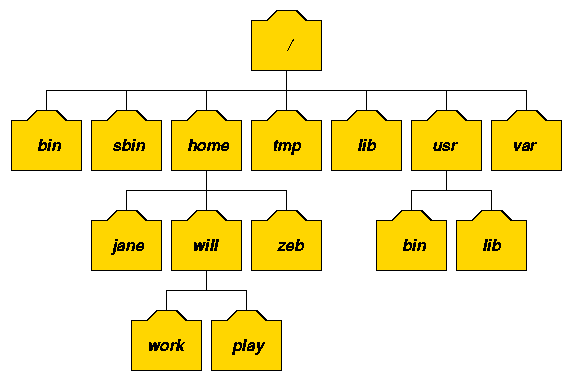Category Archives: Linux Administration
How to find Who is Logged-In on Your Linux System
As a system administrator, you may want to know who is on the system at any give point in time. You may also want to know what they are doing w command is used to show logged-in user names and
Terminal Commans to find out which ports are listening / open on your Linux Server
You may use netstat command, which print network connections, routing tables, interface statistics, masquerade connections, and multicast memberships etc. Another (and suggested) option is to use lsof command, which list open files, and ports on Linux, FreeBSD, Solaris and other
Installation Linux Malware Detect (Maldet) On CentOS Server
The Maldet is a commonly using malware detector for Linux based server. The installation and usage of maldet is quite simple. Here i am going to discuss about the Maldet installation step on linux server. Change the present working directory
How To Use chown Command
chown command changes the user and/or group ownership of for given file. The syntax is: Here i list permissions of file access.log Sample outputs: In this next example, the owner is set to kiran followed by a colon and a
File/Folder Permissions and Groups
Every file or directory on a server has a set of access permissions associated with it. These include the owner of a file, the group a file is associated with, and who has read, write, and execute permission on that
Check Linux Memory Usage Using “Free” Command
Free command displays information about the physical (RAM) and swap memory of your system. In the example below, the total physical memory displayed below are in KB. The following example will display the total memory on your system including RAM
How to upgrade Clientexec
Here is the step by step instruction for upgrading client exec to the latest version. 1. Download the latest version of Client Exec from their site. (https://www.clientexec.com/download.php) 2. Login to the web hosting control panel and download the MySQL backup
How to check inode usage on linux system
You can Check the inode usage on server using the below command and see how many used inodes there are. # df -i The flag -i is used for displaying Inode information. Sample Output :-
Find Files Using Name in Current Directory
Find Files Using Name in Current Directory Find all the files whose name is “wp-config.php” in a current working directory. This command result all wordpress sites hosted in server. Find all the files whose name is del.php and contains both
Setting Up Private Nameservers in WHM/cPanel
1. Log in to your server’s WHM interface and find the navigation section on the left called Basic cPanel & WHM Setup, under Server Configuration. 2. When you load this screen for the first time you may see that two








